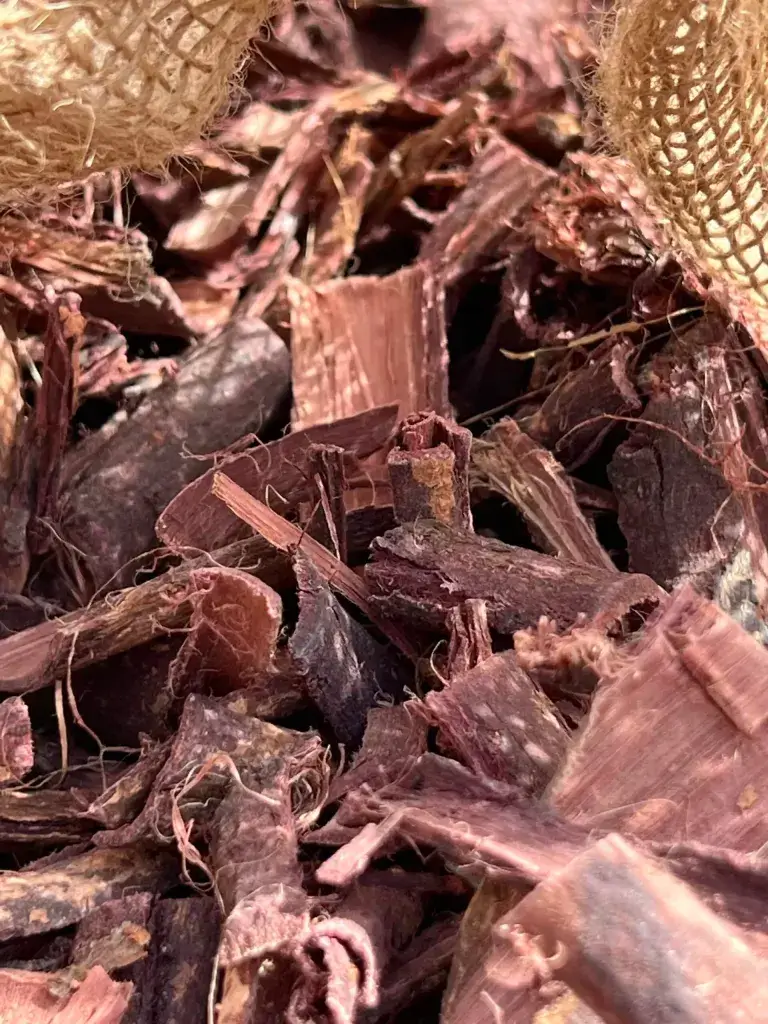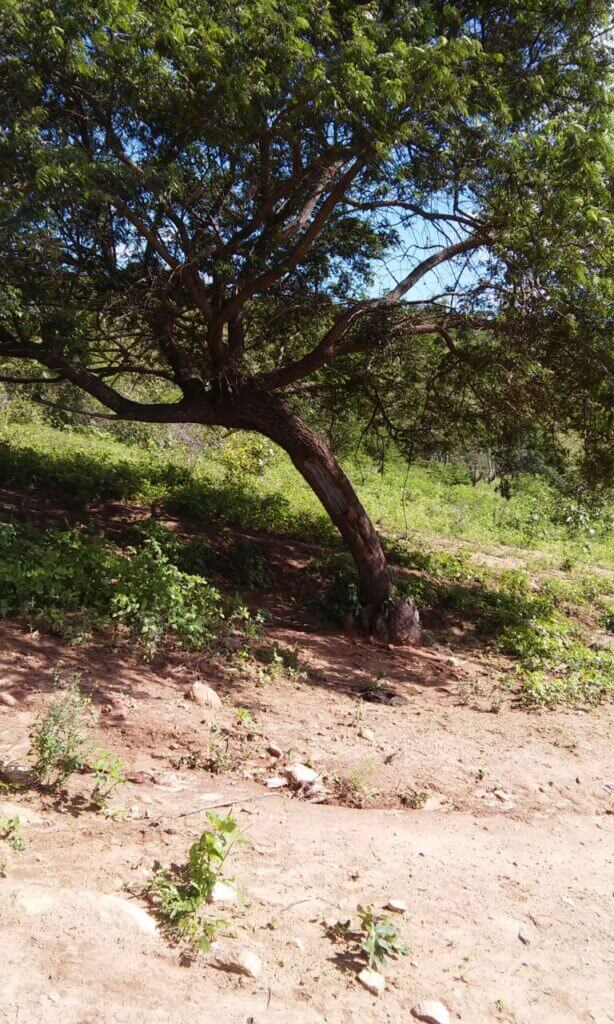Traditional and Modern Uses
Over the centuries, Mimosa hostilis has found numerous applications, both as a commodity and also as a plant with beneficial influence on an ecosystem.
Practical Uses: The wood of Mimosa hostilis is valued for its durability, making it suitable for construction and fuel. The leaves and pods are also used as fodder for animals, contributing to its role in sustainable agriculture.
Reforestation and Soil Improvement: The species has potential applications in reforestation projects, especially in degraded areas. It helps to improve soil fertility through nitrogen fixation, enriching the soil for other crops and plants.
Cultivation Requirements
Climate and Growing Zones
Mimosa hostilis is well-suited to USDA Hardiness Zones 9-11, where it can thrive in warm to hot climates. It is particularly tolerant of heat and drought, and once established, it requires very little water.
Ideal growing conditions include strong sunlight and a tropical or subtropical climate, which mirrors the environments where it naturally occurs.
USDA Hardiness Zones 9-11 refer to regions in the United States where certain plants can thrive based on the average lowest temperatures they experience during winter.
Zone 9: Areas where the coldest winter temperatures are between 20°F to 30°F (-6°C to -1°C).
Zone 10: Areas where the coldest winter temperatures are between 30°F to 40°F (-1°C to 4°C).
Zone 11: Areas where the coldest winter temperatures are above 40°F (4°C and warmer).
These zones indicate that plants suited to these areas can handle relatively mild winters and are typically found in warmer climates, like parts of Florida, Southern California, and Hawaii. So, if you live in Zone 9-11, the climate is generally warm enough for tropical and subtropical plants to grow year-round.
Soil Requirements
While Mimosa hostilis is a hardy plant that can grow in a variety of soil types, it prefers well-draining soil. It is adaptable to poor and eroded soils and thrives in a slightly acidic to neutral pH range of 6.0-7.5. The addition of organic matter can improve growth, especially in soils that are low in nutrients.
For cultivating Mimosa hostilis at home, you’ll want a well-draining, nutrient-rich soil mix to support its healthy growth. Here’s a simple yet effective soil mix recipe:
Ideal Soil Mix for Mimosa Hostilis
Potting soil (50%): Choose a general-purpose potting soil that is light and airy. This provides a solid base for the plant’s roots to establish.
Perlite (25%): Perlite improves drainage and helps prevent soil compaction, ensuring that water doesn’t pool around the roots, which could lead to root rot.
Sand (15%): Coarse sand adds texture to the mix and improves drainage, mimicking the plant’s natural environment in slightly sandy soils.
Compost or well-rotted organic matter (10%): Organic matter helps enrich the soil with nutrients, providing a steady supply of essential elements for the plant’s growth. It also helps improve soil structure and moisture retention.
Additional Tips:
pH Level: Aim for a slightly acidic to neutral pH (6.0-7.5), which is ideal for Mimosa hostilis.
Drainage: Ensure your pot has drainage holes to prevent water from accumulating at the bottom, which could cause root rot.
This mix will create a balanced, well-draining environment that supports healthy root development while mimicking the plant’s native growing conditions.
Watering and Temperature Needs
This species is highly drought-tolerant once established. During the first growing season or while the tree is still young, it benefits from regular watering.
However, overwatering should be avoided as it can lead to root rot. The optimal temperature range for this plant is 70-85°F (21-29°C), though it can tolerate brief periods of light frost.
Mimosa hostilis also prefers moderate humidity levels but is adaptable to different levels of moisture in the air.








